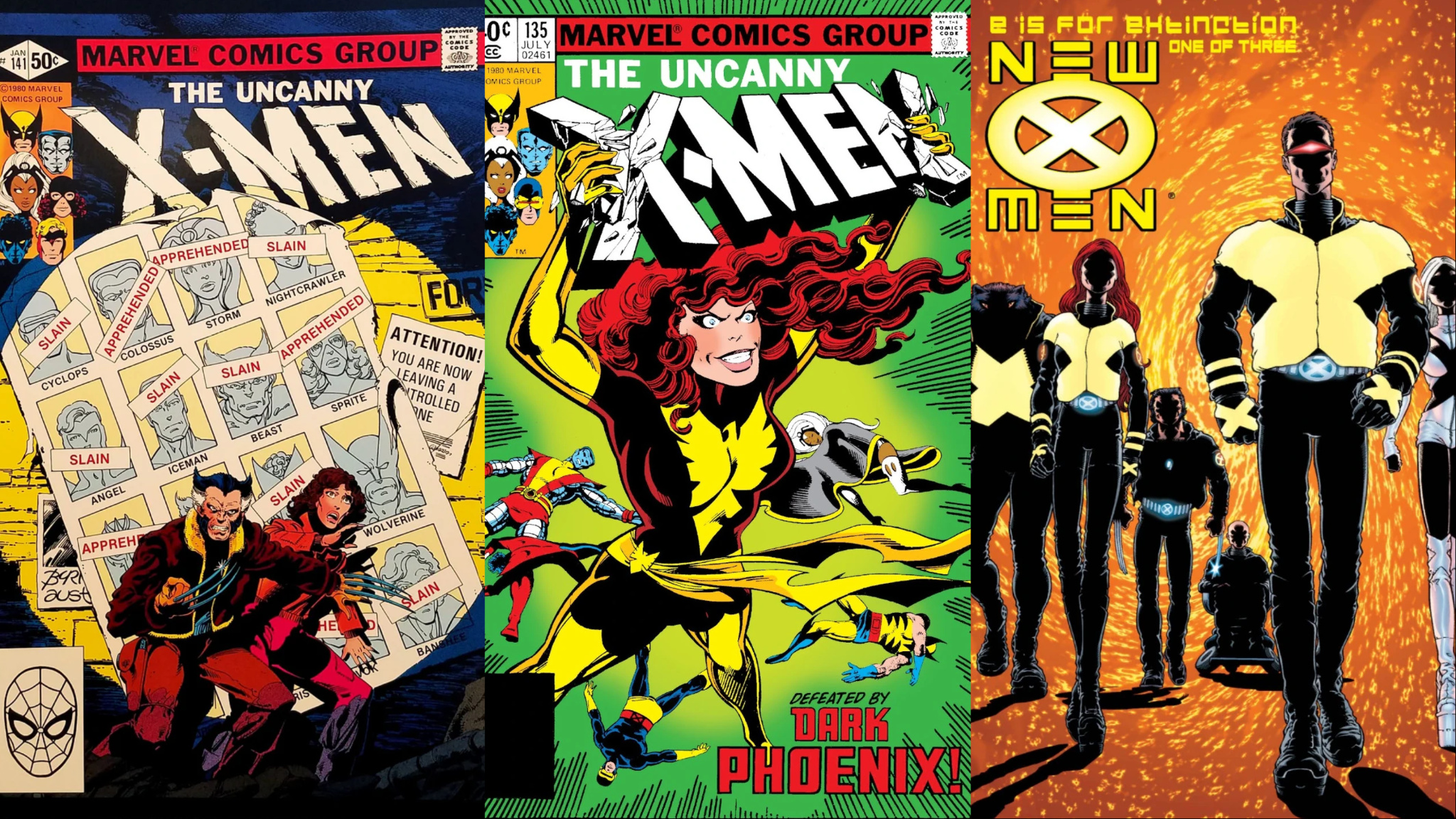
Back in 2019, when Disney revealed their purchase of 20th Century Fox, it was clear to Marvel enthusiasts that the X-Men would eventually become part of the Marvel Cinematic Universe. After five years filled with gradual introductions, such as X-Men ’97 and Deadpool & Wolverine, it’s evident how eager fans are for their beloved mutants. As Kevin Feige hinted, upcoming Marvel productions will feature more mutant characters, further fueling excitement among fans.
Exploring the world of X-Men can sometimes feel like navigating a unique realm within the Marvel Universe. Unlike the mainstream Marvel Universe, this mutant domain operates under distinct rules and dynamics. For fans eager to delve into the X-Men’s universe, follow their cinematic journey, and grasp the context behind Marvel Studios projects such as “X-Men ’97” and “Deadpool & Wolverine,” it is essential to read some pivotal stories. The following 10 X-Men tales serve as a great introduction for fans preparing for the potential MCU appearance of Charles Xavier’s most gifted pupils.
10. The Age of Apocalypse
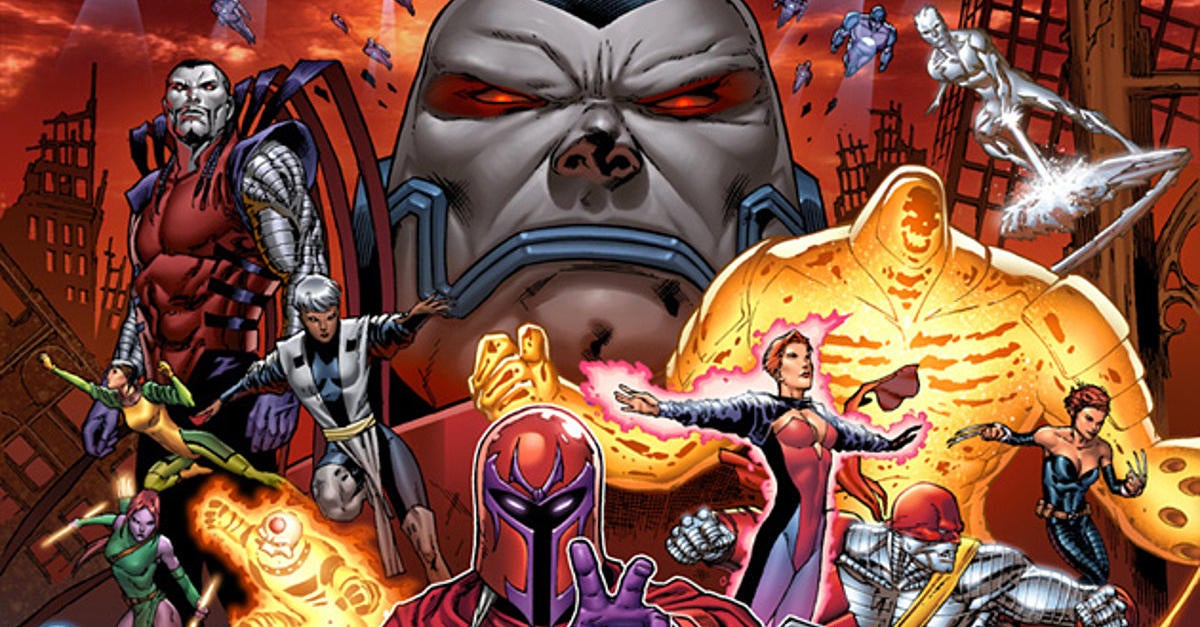
Deadpool and Wolverine displayed various versions of Wolverine, one of them being Weapon X, hailing from “The Age of Apocalypse” – a story often regarded as the most remarkable alternate reality tale in comic book history. In this narrative, Legion, aiming to improve Professor X’s life and spend more time with his father, travels back in time to eliminate Magneto, but unfortunately ends up killing Xavier instead. Without Xavier to establish the X-Men, Apocalypse chooses mutants as weapons to attack the world, launching an invasion of the Americas and initiating a war against humanity. Magneto responds by forming his own team of X-Men to battle Apocalypse, engaged in a desperate struggle against the powerful ancient mutant.
In simpler terms, the storyline known as “The Age of Apocalypse” consists of two main issues and ten mini-series, not all of which are fantastic, but they provide the most comprehensive exploration of an alternate universe that Marvel had developed prior to the introduction of the first Ultimate Universe in the 2000s. Marvel has compiled this entire narrative in several omnibus editions, making them readily available for readers. Fans of the MCU, who enjoy multiverse narratives, should consider giving these a try as it’s likely they will reference “The Age of Apocalypse” at some point in the future. Since the MCU is fond of multiversal stories and given that this storyline is generally excellent, reading it would be beneficial for fans, offering a win-win situation.
9. The Brood Saga

The renowned writer Chris Claremont is often hailed as the mastermind behind the X-Men’s development. He significantly transformed the team’s concept, blending superhero adventures with elements of science fiction, horror, social critique, and soap opera intrigue, thereby making the characters feel lifelike and multi-dimensional. This article will delve deeply into Claremont’s work, particularly focusing on “The Brood Saga,” a collaborative effort between Claremont, Dave Cockrum, and Paul Smith.
The Brood Saga” – A Sci-fi Horror Adventure Featuring the X-Men
This gripping tale features the X-Men in a terrifying sci-fi horror setting, where they encounter the Brood, an alien race reminiscent of the iconic Xenomorphs from Alien. This story recounts their initial encounter and ensuing battles against these formidable foes.
The narrative also delves into the Shi’Ar Empire, a realm that avid fans of ‘X-Men ’97′ will recognize. It pushes the X-Men to their limits in ways they’ve never experienced before. Moreover, it underscores the X-Men’s potential for thriving in horror narratives – a concept that the Marvel Cinematic Universe (MCU) might explore further, given Marvel Studios’ growing inclination towards R-rated productions.
8. E Is for Extinction
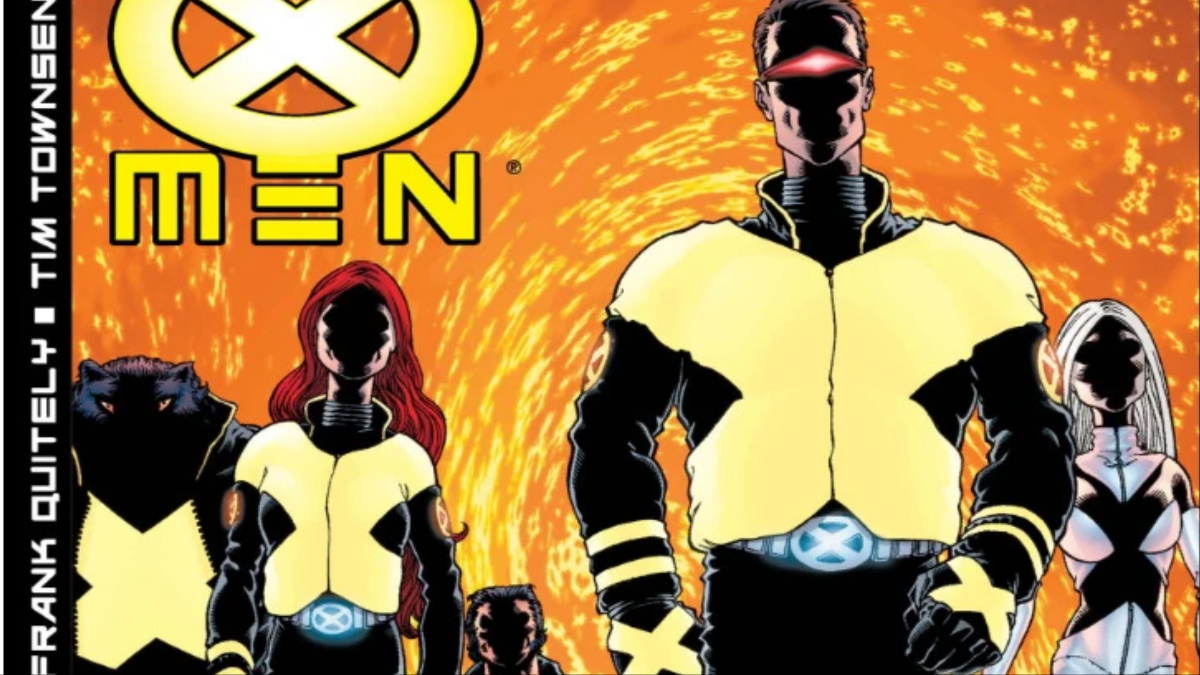
Comic writer Grant Morrison is highly regarded as one of the industry’s top authors. Although primarily recognized for their work with DC, Morrison also contributed to Marvel from 2000 to 2004, penning a forty-issue arc on the X-Men in the series New X-Men. Their inaugural story, in collaboration with artist Frank Quitely, is titled “E Is For Extinction” and acts as a soft reboot for the X-Men following the tumult of the ’90s. It introduces the villain Cassandra Nova, who is associated with Deadpool and Wolverine, and portrays her conflict with her twin brother Professor X. This struggle culminates in the deaths of sixteen million mutants when Cassandra’s Mega-Sentinels obliterate the mutant nation of Genosha.
This tale partially influenced the creation of “X-Men ’97,” yet it stands independently from that series. It introduces a fresh team of X-Men consisting of Cyclops, Jean Grey, Beast, Wolverine, Professor X, and Emma Frost (formerly a villain). This new setup positions them as teachers and mutant rescuers rather than traditional superheroes. The narrative offers action, and the final issue lays the groundwork for Morrison’s storyline’s initial phase. It delivers a unique X-Men adventure that may differ from what Marvel Cinatic Universe fans are accustomed to, but Morrison’s inventiveness captivates readers. Although Quitely’s artwork might not appeal to everyone, it harmoniously complements this groundbreaking narrative.
7. Riot at Xavier’s

The Xavier Institute plays a crucial role in the lore of the X-Men and it’s essential that it be incorporated into the Marvel Cinematic Universe (MCU). In Grant Morrison’s tenure, the institute is heavily emphasized, reaching its peak in the story “Riot at Xavier’s”. This narrative underscores how real-world bigotry against mutants often conflicts with Professor Xavier’s utopian vision. The tale, penned by Morrison along with Quitely and Keron Grant, presents a new character, Quentin Quire – an incredibly potent telepath who learns he was adopted. This revelation disrupts his perspective, leading him to challenge the ideals of Xavier Institute, assemble the Omega Gang, and ultimately instigate a riot on the school’s open day.
In my perspective as a passionate X-Men fan, “Riot at Xavier’s” stands out distinctively within the realm of X-Men narratives. Unlike many other tales, this comic book series challenges Professor Xavier’s vision in a manner that is both intriguing and thought-provoking. The underlying themes of youthful defiance offer an engaging twist, providing a refreshing perspective on the school and its students for Marvel Cinematic Universe (MCU) enthusiasts like me. “Riot at Xavier’s” not only demonstrates the creative potential of the X-Men but also contributes significantly to the team’s rich history.
6. God Loves, Man Kills
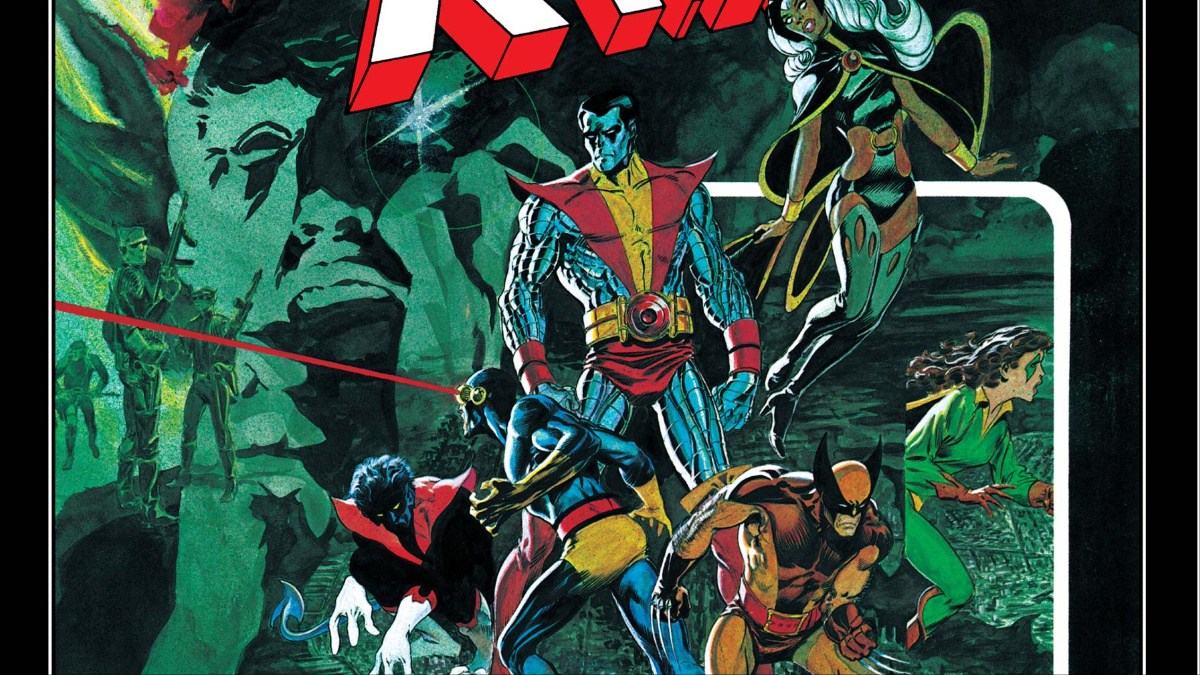
This profound narrative serves as a powerful summary of the underlying messages that run through the X-Men series. Chris Claremont, in collaboration with artist Brent Anderson, unfolded an intense tale centering on the X-Men’s conflict against Reverend Stryker and his extremist followers, the Purifiers, who harbored deep-seated hatred towards mutants. The story unfolds following the brutal slaying of two young mutant siblings, prompting the X-Men and Magneto to join forces and combat the Purifiers’ dangerous ideology. This confrontation, which stirred significant controversy when initially published, remains as relevant today as it was back then.
The graphic novel “God Loves, Man Kills” explores the dark side of religious manipulation used to foster prejudice by an antagonist. This narrative resonates deeply with the X-Men’s ethos, making it a fitting addition to their saga. It stands out as one of the most impactful examples of social critique in superhero comics. Fans of the Marvel Cinematic Universe seldom encounter such profound storytelling, which is why they should immerse themselves in this thought-provoking tale. The MCU frequently offers entertainment without substance, but this story is far from that.
5. Mutant Genesis
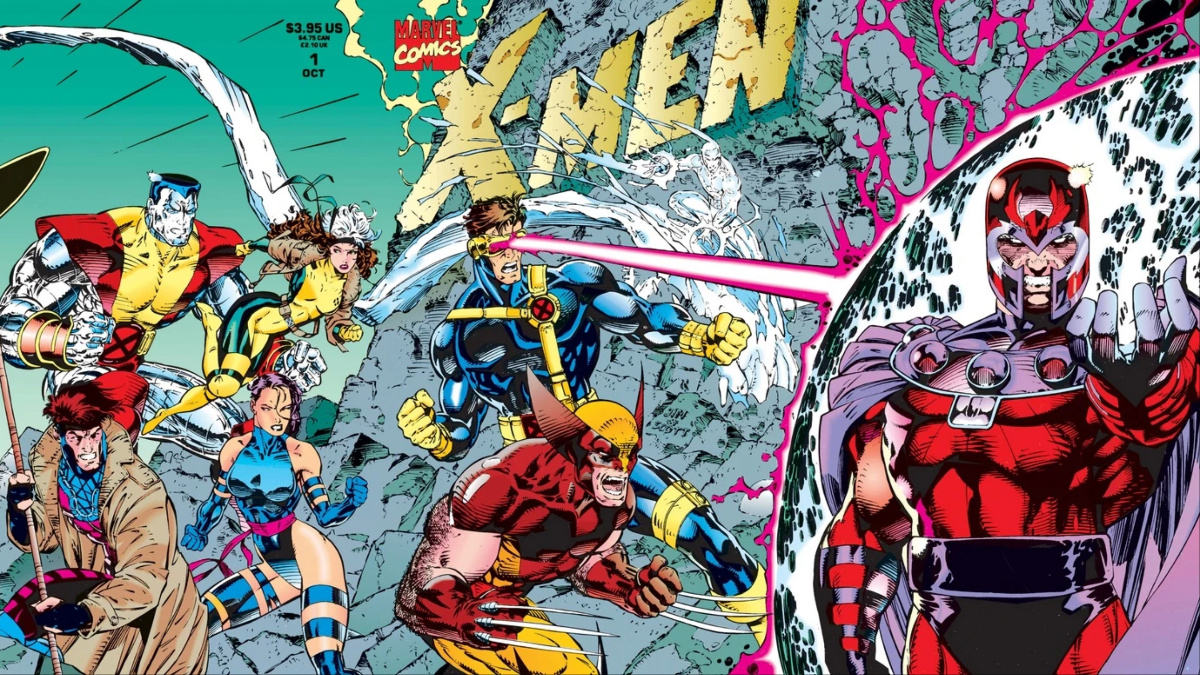
The bond between the X-Men and Magneto is renowned as one of the most compelling protagonist-antagonist relationships in comic book history. Whether you’re a movie buff or a comic reader, this dynamic is widely recognized. There are numerous engaging tales centered around them, but the one that encapsulates their rivalry best can be found in X-Men (Vol. 2) #1-3, written by Chris Claremont and illustrated by Jim Lee. This storyline is compiled as “Mutant Genesis.
The narrative follows a band of mutants being pursued by S.H.I.E.L.D., leading them to Magneto’s sanctuary. The Master of Magnetism intervenes, shielding them and vowing that humans will learn another lesson about their treatment of mutants. In this tale, we are introduced to the Acolytes, as well as the Blue and Gold teams of the X-Men. This work outlines the key events of the conflict between the X-Men and Magneto, a battle that is nothing short of monumental. Claremont and Lee take their collaboration to new heights with this story, making it an exceptional read. For Marvel Cinematic Universe (MCU) enthusiasts, this narrative serves as a precursor for the first MCU film, making it essential reading material.
4. Fatal Attractions

The animated series X-Men ’97 based its final episode on the storyline Fatal Attractions, which may be recognizable to fans of the Marvel Cinematic Universe. While the comic has some differences, it is considered one of the top X-Men stories from the 1990s post-Claremont era. In this narrative, Magneto decides to annihilate human civilization and constructs a space station called Avalon. He summons specific mutants to Avalon, dispatching Exodus and the Acolytes to Earth. The X-teams clash with them, leading up to Magneto’s decisive action: detonating an EMP that severely damages the planet, similar to what occurred in X-Men ’97. This event prompts the X-Men to confront and eliminate Magneto’s threat, resulting in a battle that nearly costs them Wolverine and forces Professor Xavier into one of his most desperate decisions.
In “Fatal Attractions,” a multitude of main characters from the 1990s X-Men comic universe are brought together, offering Marvel Cinematic Universe (MCU) enthusiasts a glimpse into the expansive mutant world. Although some aspects might not be familiar to new readers, such as the demise of Illyana Rasputin, the story is generally accessible. In summary, it’s an engaging tale and another nearly flawless Magneto adventure.
3. Gifted

As a devoted fan, I can’t help but express my enthusiasm for Morrison’s reimagining of the X-Men in his New X-Men, which veered them away from their traditional superhero pathways. When Morrison parted ways with Marvel (a tale worth exploring in its own right), the company opted to return the X-Men to their vibrant, spandex-clad origins. Fast forward to Joss Whedon and the late great John Cassaday’s collaboration on Astonishing X-Men: Gifted. This gripping narrative sees Kitty Pryde rejoining the X-Men and grappling with a new, menacing alien antagonist named Ord, as well as the ominous prospect of a mutant cure that poses an existential threat to the team and their pupils.
This series, entitled “Gifted,” draws significantly from the style of Claremont, seamlessly blending soap opera-like dynamics with high-octane superhero battles. Cassaday’s artwork is stunningly beautiful and effectively brings the narrative to life. Despite any negative sentiments towards Whedon in 2025, his writing remains spot-on for Marvel Cinematic Universe (MCU) enthusiasts. The plot provides ample information for new readers while maintaining the sarcastic wit that MCU fans have come to expect from their superheroes. It strikes a perfect balance between action, high tension, character development, and humor.
2. Days of Future Past

Claremont collaborated with exceptional artists, but many X-Men enthusiasts believe his partnership with artist and co-plotter John Byrne produced some of the greatest X-Men tales ever written. Their collaboration was seamless, and anyone interested in experiencing the best X-Men has to offer should read their work. The storyline known as “Days of Future Past” is one of their finest masterpieces, a fact well-known among fans of the X-Men movies. This tale unfolds in a future where the Sentinels have taken over Earth, wiped out most superhumans, and confined humans into camps to maintain control over mutants. The X-Men devise a two-pronged strategy – attempt to destroy the Master Mold while sending Kate Pryde back in time to prevent the assassination that shaped their reality.
In just two issues of “Uncanny X-Men,” the tale titled “Days of Future Past” stands out as a significant milestone, not only for the X-Men but for Marvel Comics as a whole. Its influence can be traced in every grim dystopian future story that follows. Each page showcases an exceptional blend of art and writing, a testament to its quality. This is a piece of true art, something Marvel Cinatic Universe fans should appreciate. Yet, it pales in comparison to the next masterpiece, “Days of Future Past” being merely Claremont and Byrne’s first masterwork together…
1. The Dark Phoenix Saga
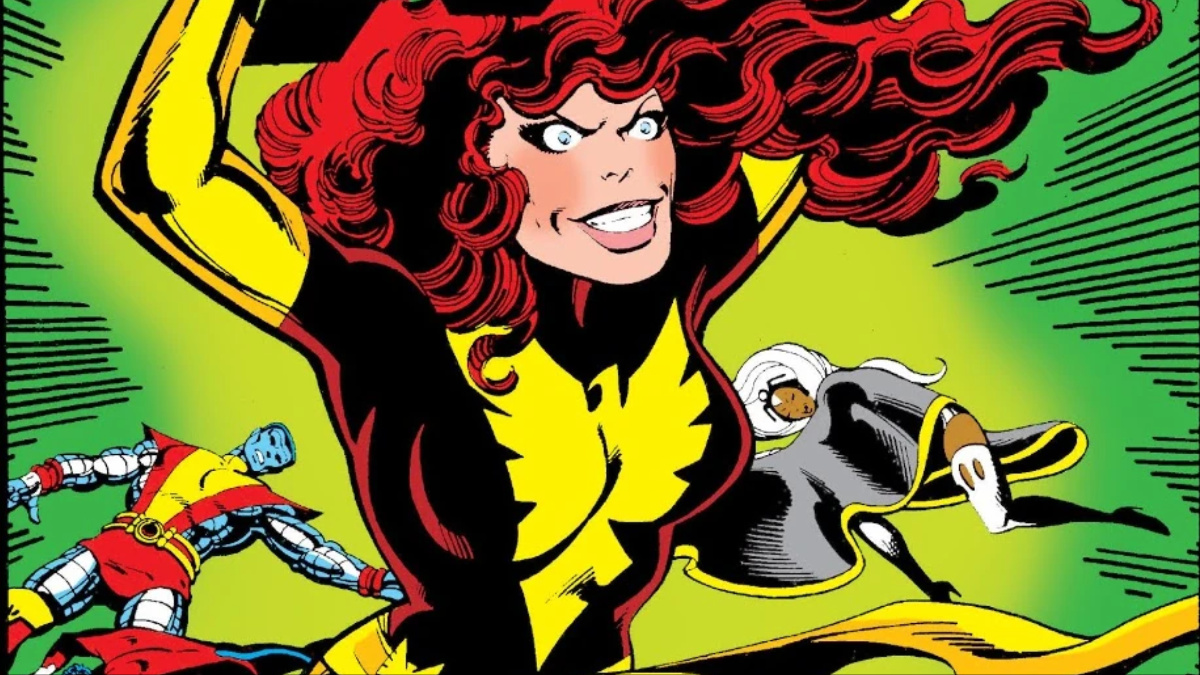
The acclaimed tale known as “The Dark Phoenix Saga” is not just the best X-Men narrative; it’s arguably the greatest Marvel Comics story ever penned. This masterpiece, written by Claremont and Byrne, can be described as a poetic blend of superhero pop art. It builds upon the foundation laid by Stan Lee and Jack Kirby for superheroes, elevating it to unprecedented heights. This work encapsulates the essence of Marvel perfectly, offering an engaging narrative centered around characters and their rich backstory, while simultaneously delivering thrilling action and emotional depth that leaves readers in awe. In essence, “The Dark Phoenix Saga” is a remarkable achievement, a harmonious blend of a talented creative team’s efforts, creating a story destined to linger in the minds of readers for years to come.
The storyline known as “The Dark Phoenix Saga” centers around a fundamental idea – excessive power leads to corruption, and unlimited power corrupts absolutely. The tragic downfall of Jean Grey is portrayed masterfully by writers Chris Claremont and John Byrne. Claremont’s love for florid language shines through in this tale, with captions that spark readers’ imagination, while Byrne’s artwork provides a visual feast unparalleled in its beauty. This quintessential Marvel Comics story is an essential experience for any MCU fan. Few adaptations have managed to do the original justice – only the version depicted in “X-Men: The Animated Series” before “X-Men ’97” is generally considered worthy, highlighting the greatness of this narrative.
Read More
- Best Race Tier List In Elder Scrolls Oblivion
- Days Gone Remastered Announced, Launches on April 25th for PS5
- Elder Scrolls Oblivion: Best Pilgrim Build
- Gold Rate Forecast
- Elder Scrolls Oblivion: Best Thief Build
- Yvette Nicole Brown Confirms She’s Returning For the Community Movie
- Ludicrous
- Where Teen Mom’s Catelynn Stands With Daughter’s Adoptive Parents Revealed
- Brandon Sklenar’s Shocking Decision: Why He Won’t Watch Harrison Ford’s New Show!
- Elder Scrolls Oblivion: Best Sorcerer Build
2025-01-11 00:10